
As homeowners increasingly seek energy-efficient solutions to enhance their living spaces, the popularity of Recessed LED Lighting has surged. According to a report from the U.S. Department of Energy, LED lighting systems can save up to 75% more energy than traditional incandescent bulbs, making them a smart choice for both the environment and your wallet. Furthermore, a study by the American Lighting Association indicates that well-designed recessed lighting can not only improve the functionality of a space but also elevate its aesthetic appeal, creating a more inviting and visually pleasing atmosphere. With diverse styles and specifications available, choosing the perfect Recessed LED Lighting for your home involves understanding your specific needs, considering the layout of your space, and leveraging the latest technological advancements to achieve optimal lighting effects.

When selecting recessed LED lighting for your home, it’s crucial to understand the various types available to make an informed choice. One of the most common options is the adjustable LED trim, which allows you to direct the light precisely where it’s needed. This feature is particularly useful for highlighting artwork or architectural details within a room. For general lighting, you might consider the baffle trim, which helps reduce glare and provides a soft ambient glow, making it ideal for living areas and bedrooms.
Another popular type is the reflector trim, designed to enhance brightness and focus light on specific areas, making it suitable for task lighting in kitchens or workspaces. Furthermore, you can choose from various color temperatures, ranging from warm white to cool daylight, impacting the mood and functionality of each space. By understanding these different recessed LED lighting options, you can tailor your lighting scheme to meet your home’s aesthetic needs while also maximizing energy efficiency.
Choosing the right recessed LED lighting for your home involves careful consideration of brightness and color temperature, as these factors significantly impact the ambiance of a space. Brightness is measured in lumens, and it's essential to match the lumen output to the specific needs of each room. For instance, living areas typically require a warmer, inviting light, while workspaces like kitchens or offices benefit from brighter, cooler tones.
Tips: When selecting brightness, consider using around 100-150 lumens per square foot for general living areas. It's helpful to layer your lighting, combining recessed fixtures with other sources to create depth and versatility.
Color temperature, measured in Kelvin (K), plays a crucial role in setting the mood. A color temperature between 2700K and 3000K produces a warm, cozy atmosphere ideal for relaxing spaces. In contrast, cooler temperatures of 3500K to 4100K are perfect for task-oriented areas, providing clarity and focus.
Tips: Test different color temperatures in your space before making a final decision. Using color-changing LED bulbs can also offer the flexibility to adapt the mood based on the occasion.
When selecting recessed LED lighting for your home, proper placement is crucial to achieving optimal brightness and aesthetic appeal. According to a report by the American Lighting Association, the average home requires about 20 lumens per square foot for general lighting purposes. To distribute light effectively, consider positioning your recessed fixtures about 6 to 8 feet apart, which can create a balanced illumination without overwhelming a space. This spacing helps to avoid dark spots while ensuring that light disperses evenly across the area.
Additionally, the height of your ceilings significantly influences the placement strategy. For ceilings that are 8 feet high, it's recommended to install recessed lights approximately 24 inches away from the wall, transitioning to a larger distance of around 36 inches for ceilings that rise to 10 feet. This guideline is supported by a study from the Illuminating Engineering Society, which highlights that adjusting fixture distances according to ceiling height enhances light distribution and overall room comfort. By carefully considering these factors, homeowners can maximize the effectiveness of their recessed LED lighting, leading to a well-lit and inviting atmosphere.

When selecting recessed LED lighting for your home, the trim and style play a pivotal role in complementing your décor. According to the American Lighting Association, the right choice of trim can enhance not only the efficiency of the lighting but also the overall ambiance of a space. For instance, flush-mounted trims provide a sleek profile that can work well in modern interiors, while more decorative trims, such as fluted or decorative rings, can add a touch of elegance to traditional designs. The finish of the trim—whether it's white, brushed nickel, or matte black—can further influence how the light reflects and interacts with your interior elements.
Furthermore, it's essential to consider the beam angle of the recessed lights, as it impacts the way light is distributed in a room. A narrow beam angle (15-30 degrees) is ideal for highlighting artwork or architectural details, while a wider beam angle (40-60 degrees) provides general illumination for larger areas. According to a report by LEDs Magazine, 65% of homeowners are increasingly opting for adjustable recessed lighting that allows customization based on specific needs. By carefully selecting the trim style, finish, and beam angle, you will not only optimize the functionality of your space but also enhance its aesthetic appeal, creating a harmonious blend of light and style throughout your home.
When selecting recessed LED lighting for your home, evaluating energy efficiency and lifespan is essential. According to the U.S. Department of Energy, LED lighting can be up to 75% more energy-efficient than traditional incandescent bulbs. This efficiency translates into significant cost savings over time; homeowners can expect to save an average of $225 in electricity costs over the lifespan of each LED fixture.

In terms of lifespan, recessed LED fixtures are designed to last longer than traditional lighting options, typically offering 15,000 to 50,000 hours of illumination. This longevity is due to their solid-state technology, which doesn’t rely on fragile components like filaments. The National Electrical Manufacturers Association reports that properly installed and maintained recessed LEDs can reduce replacement costs and the environmental impact caused by frequent bulb changes. By prioritizing energy efficiency and lifespan when choosing recessed lighting, homeowners can enhance their living spaces while promoting sustainability and reducing long-term expenses.
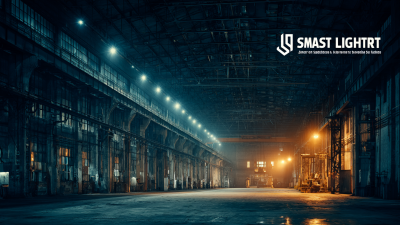
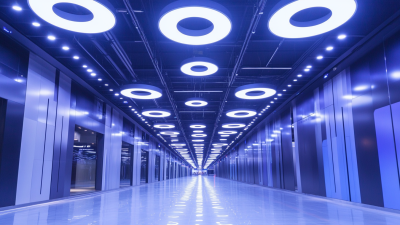
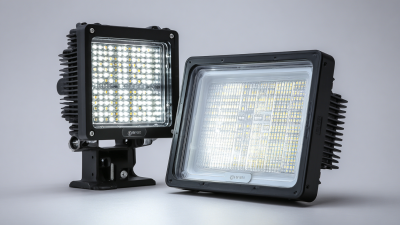
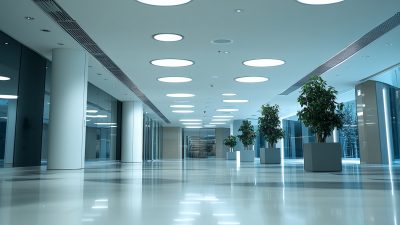
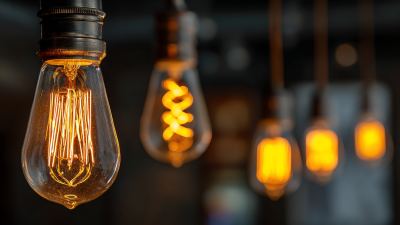

Let us help you get started with our superior LED lighting products.
Get all the latest news from BrightLED.
Copyright © Bright LED. All rights reserved.
STAY CONNECTED

